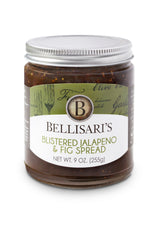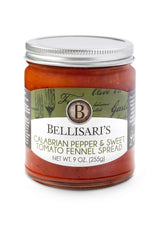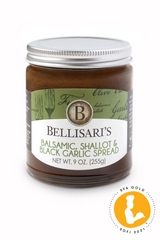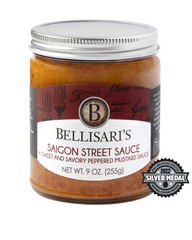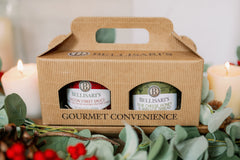
Maybe you’re relatively new to cooking, or you’re just finally getting to that place in life where you don’t want to settle for the old beat-up knives you’ve been using since you moved into your first apartment. Maybe you’ve decided you want the best cooking tools that your budget will allow. Maybe you cooked somewhere with really sharp and good knives and realized the difference! Whatever your reasons for purchasing new knives, there are many good ones for why you should buy the best knives your budget will allow.
The good thing is that there are really only 3 knives that most cooks would consider “must haves.” These particular knives should suffice to complete any cutting job you may have when preparing food, both before and after cooking. If I was trying to decide how to spend my knife budget, the following knives (in order) are where I’d put my money:
1. Chef’s Knife – While Chef Knives vary somewhat in terms of shape, length, and material, the majority have a slightly curved blade that tapers to a pointed tip, allowing for a back-and-forth rocking motion while chopping. This makes it easier and more efficient to plow through a pile of leafy greens, for example, without having to constantly pick up your blade.
Chef Knives should ideally have enough weight to slice through dense, heavy vegetables, and enough precision to tackle finer tasks, like chiffonading herbs. While it isn’t suited to all tasks, it’s still an essential tool for any home cook, and it’s as close to an all-purpose blade as one can get.
Chef Knives are ideal for completing any type of cut that requires you to rock your blade forward. Generally, this makes the Chef Knife best for complex cuts, as well as for disjointing meat by cutting through cartilage and skin. Many people also prefer the Chef Knife for such tasks as slicing cheese and chopping or dicing vegetables/fruits and nuts. Chef Knives range in size from 6” to 10” long; though an 8” blade is most standard. This is due to its versatility because an 8” knife is large enough to stand up to most heavy-duty kitchen tasks, like cutting tough winter squash or breaking down large cuts of meat, but it’s not so large that it’s unwieldy. I suggest going to a store where they sell quality knives and try holding and maneuvering the different sizes of chef’s knives to see what best suits your hand size, skill level, and needs.
2. Paring Knife – the “classic” paring knife has a smooth, short, and outwardly curved blade. This enables the chef to apply less pressure and let the knife do the work. A paring knife in many ways is a short chef’s knife, with a blade of 3–4 inches long. Its compact size is intended to make regular tasks such as cutting, trimming, or slicing much easier and more precise. Paring knives are very versatile, and are a mainstay of a well-stocked kitchen. Many cooks use them to peel or cut fruit and vegetables into small pieces, or to carry out other similar precision work. Peeling, slicing, coring, removing seeds, mincing herbs, eyeing potatoes, skinning mushrooms, crushing garlic, hulling strawberries, deveining shrimp, fileting small fish, scoring meat, and trimming fat from meat are all easily accomplished with a quality paring knife.
3. Bread Knife – The bread knife is a kitchen staple because, despite its name, it can perform a wide variety of tasks. The key is its serrated edge. Unlike a chef’s knife with its smooth, straight edge, a bread knife features toothy, saw-like serrations or scallops along its cutting edge. This acts just like a saw, slicing through food as you move the knife back and forth, rather than using downward pressure like you would with a chef's knife. The serrated edge gives a bread knife some distinct advantages when it comes to cutting certain types of food – especially bread since it’s designed to slice right through crusty loaves without crushing the soft center. You can, obviously, use a bread knife to slice all kinds of breads, from baguettes and brioches to bagels and biscuits. It’s also the perfect tool for shaping and leveling cakes for decorating and cutting delicate slices for serving.
Tougher foods are no match for a bread knife either. Melons and squash, which can trap straight-edged knives and pose a cutting hazard to cooks, are easily sliced with a long bread knife. Prepping other fruits and vegetables, like tomatoes or pineapple, are also good occasions to break out your bread knife. In a pinch, it can even be used to slice meatloaf and carve roasts!
As with all kitchen knives, it’s important to use a sharp bread knife. Because of its design, these knives tend to remain sharp far longer than straight-edged blades, but the serrations also make them harder to sharpen at home. Some people advocate for simply discarding a dull bread knife and getting a new one, but with a high-quality knife, it’s worth using a sharpening service rather than replacing it entirely.
Sharpness isn’t the only thing to consider when looking for the best knives for you. When it comes to kitchen knives, there are many factors to consider when making your purchase. You want knives that are well-constructed, can stay sharp for a long time, and can withstand wear and tear. The material the knife is made of is important. Stainless steel is a popular choice for kitchen knives because it is durable and corrosion-resistant. One of the most important factors to consider is how easy a knife is to grip. If the knife is difficult to hold, you will likely struggle when trying to cut food with it. This can lead to frustration and even injuries. That’s why it’s important to choose a knife that has a comfortable grip. A good grip will help you maintain control of the knife while you are cutting. It will also help prevent hand fatigue, which can occur if you have to hold the knife for an extended period of time.
The bottom line is for you to find knives that are comfortable in your hand and safely get the job done – from dicing to slicing, happy cutting from all of us at Bellisari’s!


